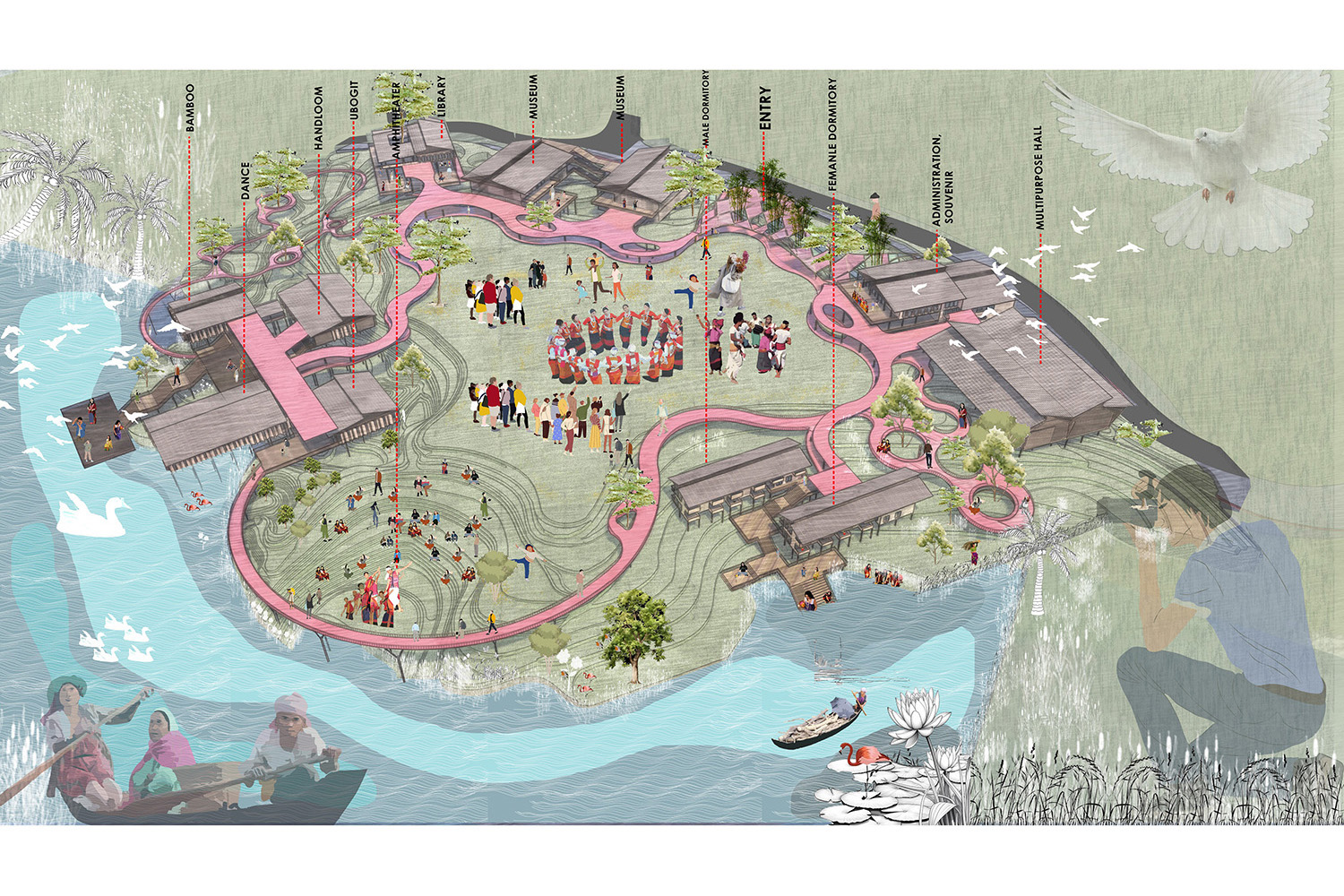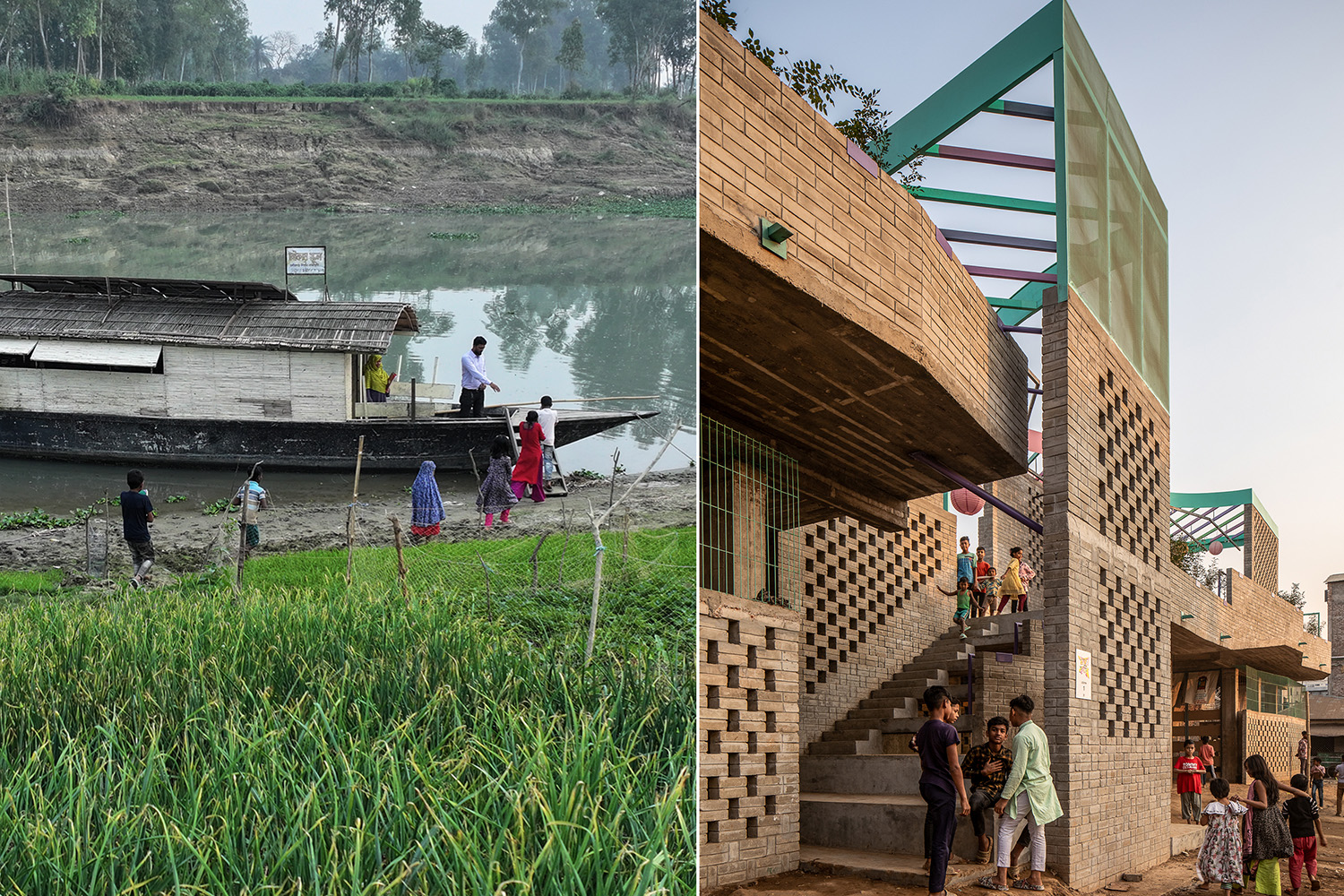An Archaeological Museum Complex: Framing the Buddhist Remains of Mainamati

This project seeks to safeguard Bengal’s archaeological heritage by designing a museum that is both symbolic and functional, reflecting a deep sensitivity to context, memory, and place. It highlights the cultural and historical significance of Mainamati through thoughtful architectural storytelling.

With a rich heritage dating back to ancient times, Mainamati has played a significant role in shaping the region’s history. Reimagining the archaeological museum is essential, as this area’s architectural and cultural heritage struggles to endure in Bangladesh’s rapidly developing landscape. Since the proposed site is the hub of other excavated Viharas, the project will ensure the long-term preservation of artifacts through a museum complex with a preventive conservation approach, guided by Heritage Laws as a conceptual framework.

Architectural structures have historically preserved information and unfolded narratives, creating a sequence of experiences for visitors. Shalban Bihar, with its Buddhist architecture, embodies culture, regionalism, and tradition, connecting past stories with the present and future. These architectural storytellers link to broader cultural narratives, celebrated in the project’s spatial design. As a heritage site, it functions as a knowledge hub, and the museum is designed to offer a space for experiencing history and culture.

The Buddhist Bihar architecture is symbolized in the museum’s form. Le Corbusier’s Regulatory Line serves as a conceptual backbone, lending the project a refined sense of proportion, harmony, and order—complementing the site’s historical depth. The central void and the ramped circulation around the Buddha statue (a nod to the Pradakhshina Path) are especially evocative design elements—spatially symbolic and emotionally resonant. Like a monument that connects us to past cultures, this museum incorporates a public plaza to encourage openness, inviting visitors inside. This openness fosters gathering spaces, echoing the essence of Shalban Bihar. The design remains people-centric, ensuring ample space for visitors to pause and reflect on the architectural story conveyed through form and space.








By creating an engaging environment that educates visitors about the site’s rich history, the museum can boost tourism and raise awareness of Bangladesh’s cultural magnificence.





